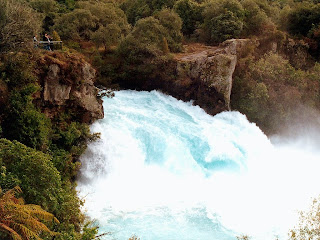The serious summer rowing season is getting under way. Last weekend the Royal Wanganui International Regatta – also known as the Jury Cup - took place. The Wellington Rowing Club’s women raced magnificently to row through their opposition and win by almost a length. This gave me some bragging rights over Joe for a brief time, but not for long as his Novice women shrugged off the effects of his coaching to win by such a margin that they were on their way back up the river before some of the opposition had even finished (or so Joe told me). The Novice men then also performed well and we saw some great racing from the schools that row under
One of the highlights of the event, though, was the stoic effort of young Harry O’Neill (Joe’s son), who, when his doubles partner found himself unable to continue sculling, refused to give up and pulled them both along at a furious pace for most of the course. Not only did he complete the course, but they didn’t come last. A valiant and determined effort. I hope Joe is prepared to emulate his son when it comes to dragging my carcase down the Waikato...
Anyway, the point about the season getting under way is that it gives us an opportunity to scout out some of the obstacles along the route, since we have to travel up to Lake Karapiro a couple of times in the next two months to help our crews in the main regattas that lead up to the National Championships.
On the day we set off, we need to decide whether to cross  eather. Almost as soon as we leave Taupo, we encounter the
eather. Almost as soon as we leave Taupo, we encounter the
Thereafter, there are 8 more dams to be negotiated. The one at
After
Part of the fun will be dealing with the surprises along the way, but a bit of reconnaissance will, we hope, make sure that the biggies are catered for.
No comments:
Post a Comment